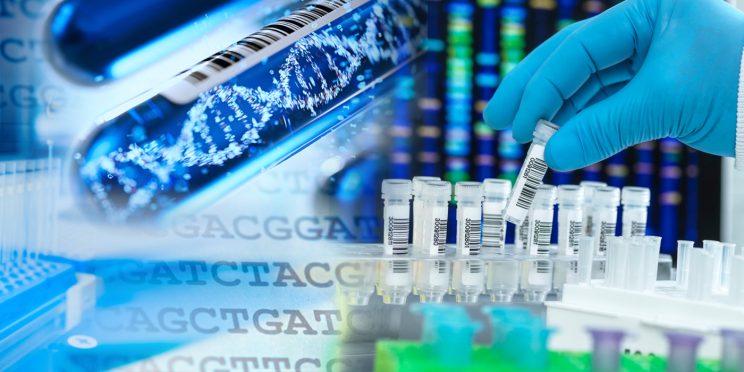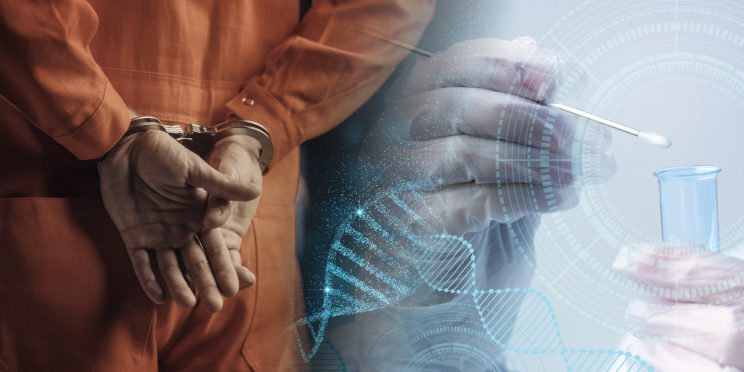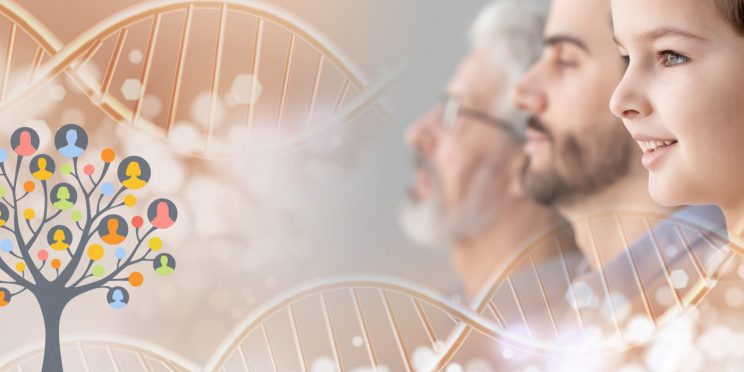This webinar originally occurred on March 11, 2021
Duration: 1 hour
Overview
Touch DNA evidence (i.e. the low quantities of DNA that can be left behind when someone touches an object) is of increasing importance in criminal investigations. However, many important questions exist regarding basic properties of touch DNA, including the expected stability of touch DNA samples following exposure to different environmental conditions.
The webinar reviewed existing scientific literature, describe lessons-learned and best practices for conducting experiments with touch DNA, and describe the initial results of a study designed to evaluate the stability of touch DNA under different environmental conditions. Five controlled environmental conditions were established with highly controlled temperature, relative humidity, and ultraviolet light levels. A formal randomization scheme was implemented to minimize sources of potential variability. The stability of both control DNA and touch DNA samples collected from donors was evaluated. DNA was collected and purified at different time points, quantified using the Quantifiler HP kit, and evaluated for the ability to yield a full short-tandem repeat profile. The data were used to fit predictive models of DNA concentration given time and environmental condition. Collectively, these studies meet a critical need to provide comprehensive, well-controlled data and predictive models regarding the stability of touch DNA in real-world scenarios.
Detailed Learning Objectives
- Understand the significance and challenges of working with touch DNA evidence.
- Learn best-practices for design of experiments involving touch DNA.
- Learn the impact of environmental conditions on the stability of touch DNA.
Presenters
- Dr. Natalie Damaso | Massachusetts Institute of Technology Lincoln Laboratory
- Dr. Meghan Ramsey | Massachusetts Institute of Technology Lincoln Laboratory
Funding for this Forensic Technology Center of Excellence webinar has been provided by the National Institute of Justice, Office of Justice Programs, U.S. Department of Justice.
The opinions, findings, and conclusions or recommendations expressed in this webinar are those of the presenter(s) and do not necessarily reflect those of the U.S. Department of Justice.
Contact us at ForensicCOE@rti.org with any questions and subscribe to our newsletter for notifications.




